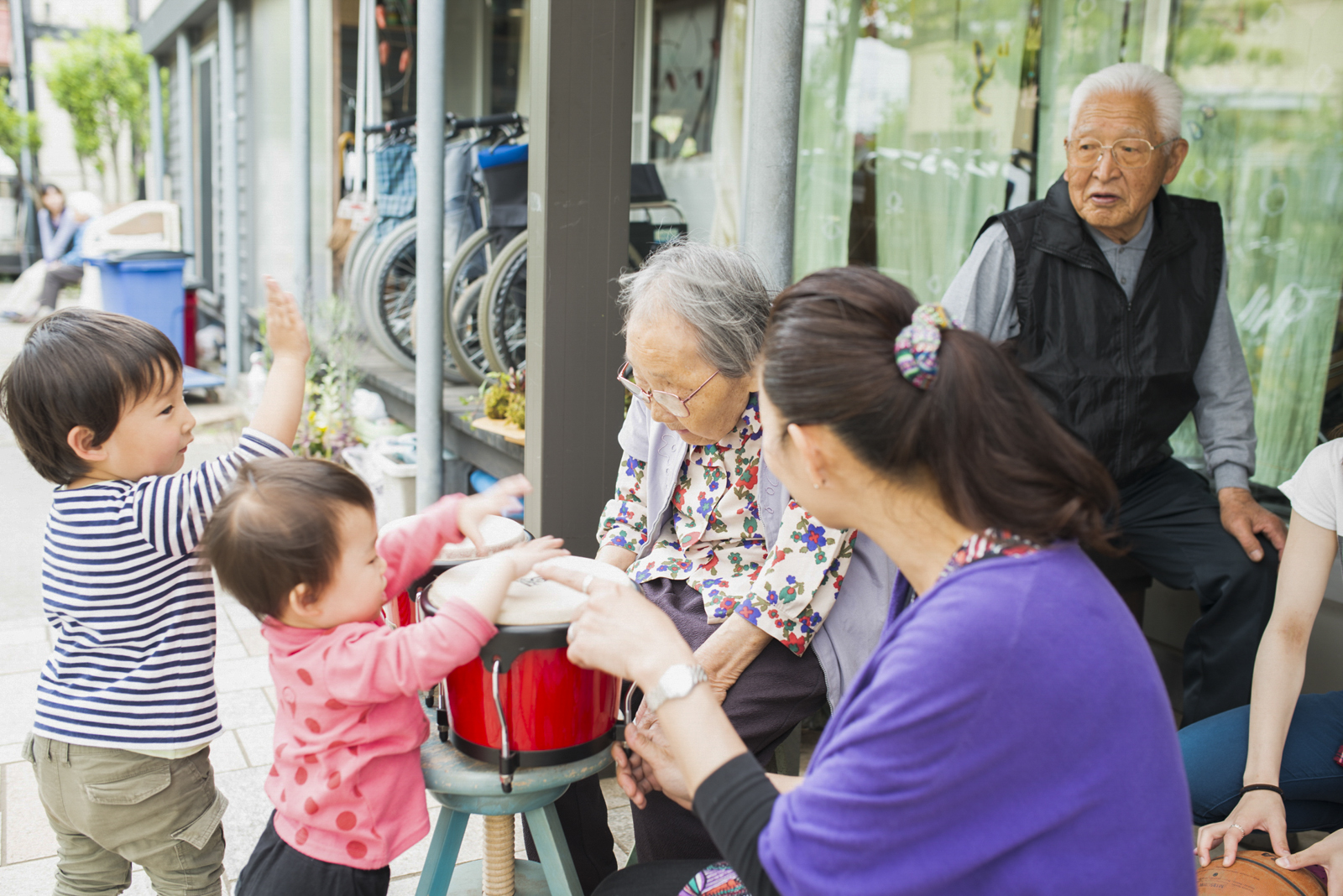News
TOY publication: IGL and cultural heritage

This week we welcomed with pride the publication of the chapter ‘Intergenerational Learning: A Tool for Building and Transforming Cultural Heritage’ that the TOY team Margaret, Giulia and Jessica wrote for the Oxford Handbook of Public Heritage Theory and Practice.
Normally we associate the term ‘public heritage’ with architecture, archeology and museums, however it is now an interdisciplinary field where humanities and social sciences converge. In this book the editors speak about “public heritage” as a way of bringing together these emerging interconnected practices.
The last section of the book – Heritage, Memory and Well-being – challanges the familiar slogans and often empty clichés about the value of cultural heritage to the individual and to society. New insights into the influence of cultural heritage on society have been recently provided by advances in behavioral psychology, collective memory, and intergenerational learning. And it is in this framework that our TOY team explains the benefits of intergenerational learning about heritage, for both the elderly and the young.
In their chapter they discuss the benefits of intergenerational learning projects for both individuals and communities, as well as the ability of such projects to foster social integration and acceptance in diverse communities. Creating possibilities for older adults and young children to learn together and benefit from each others’ company, is not only a tool to bring together different generational groups, but it can create bridges between members of different communities and cultures. It can, in the end, function as a tool for cross-cultural communication. The chapter makes a strong case for the integration of intergenerational learning projects within societies – especially migrant communities – to preserve and transform cultural heritage and build intercultural communities, for the benefit of all.
Image by Aoi Care